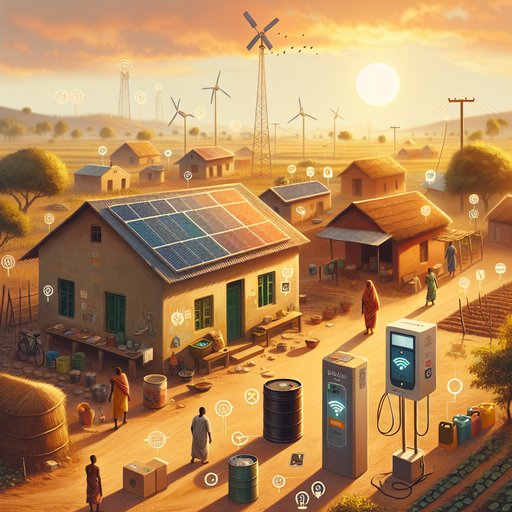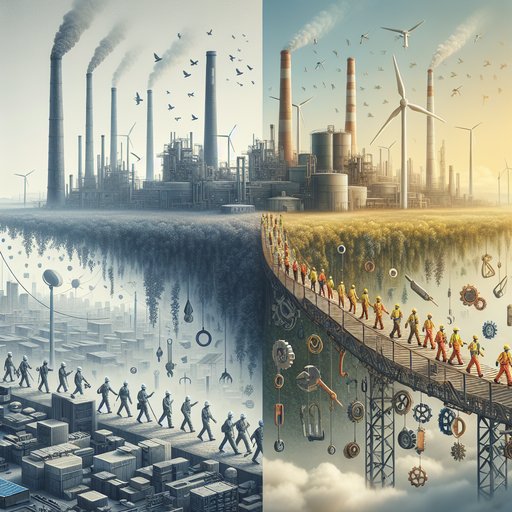
Green hydrogen—produced by splitting water with renewable electricity—has moved from concept to concrete demonstrations as countries seek solutions for long-duration energy storage and zero-emission transport. Pilot projects on islands, in refineries, at ports, and along freight corridors now show how hydrogen can absorb surplus wind and solar, stabilize grids, and fuel heavy-duty vehicles where batteries struggle. Yet the same projects also expose the hard engineering and market realities of moving and storing a tiny molecule at scale: compression, safety codes, station utilization, pipeline materials, and dependable supply. The path forward is neither a simple extension of today’s gas systems nor a copy-paste of the electric vehicle rollout. It is a coordinated build-out that links renewable generation, electrolyzers, storage caverns, pipelines or carriers, and end-use fleets—supported by standards and business models that make each link investable.

Extending reliable, affordable, and clean electricity to underserved communities is one of the most practical levers for climate progress and human development. Microgrids, pay-as-you-go solar, and community energy projects are reshaping how power is generated, financed, and governed, reaching places where traditional grids stall or cost too much to extend. These approaches blend proven technologies with new business models and digital tools, helping households replace kerosene and diesel while enabling schools, clinics, farms, and small enterprises to thrive. Their success depends on thoughtful design and fair regulation, but the momentum is real: energy access is no longer an either/or choice between central grids and candles, it is a portfolio of solutions that can scale, interoperate, and endure.

The evolution of battery technology reads like a throughline from curiosity to critical infrastructure, and it is reshaping how the world uses renewable energy. What began with experimental cells in the 19th century now anchors gigawatt-scale projects that steady wind- and solar-rich grids, soak up surplus generation, and power homes through storms. Along the way, costs plunged, chemistries diversified, software matured, and pioneering installations proved that storage can move from the periphery to the center of the energy system. This is the story of a technology that learned to serve not just devices and cars, but entire economies—and of the breakthrough projects that made it real.

The global shift from fossil fuels to renewable energy is not just an engineering project; it is a labor market transformation unfolding in real time. As countries pursue climate targets, energy security, and lower-cost power, investments are changing what kinds of skills are in demand and where jobs are located. New employment is growing rapidly in solar, wind, grids, batteries, and efficiency, even as coal and, in some regions, oil and gas employment contract. This transition poses risks for workers tied to legacy assets, but it also creates opportunities for high-quality careers if retraining and regional development policies keep pace. Understanding both sides of this ledger—job creation and displacement—helps governments, firms, and communities craft strategies that are economically resilient and socially fair.




















































